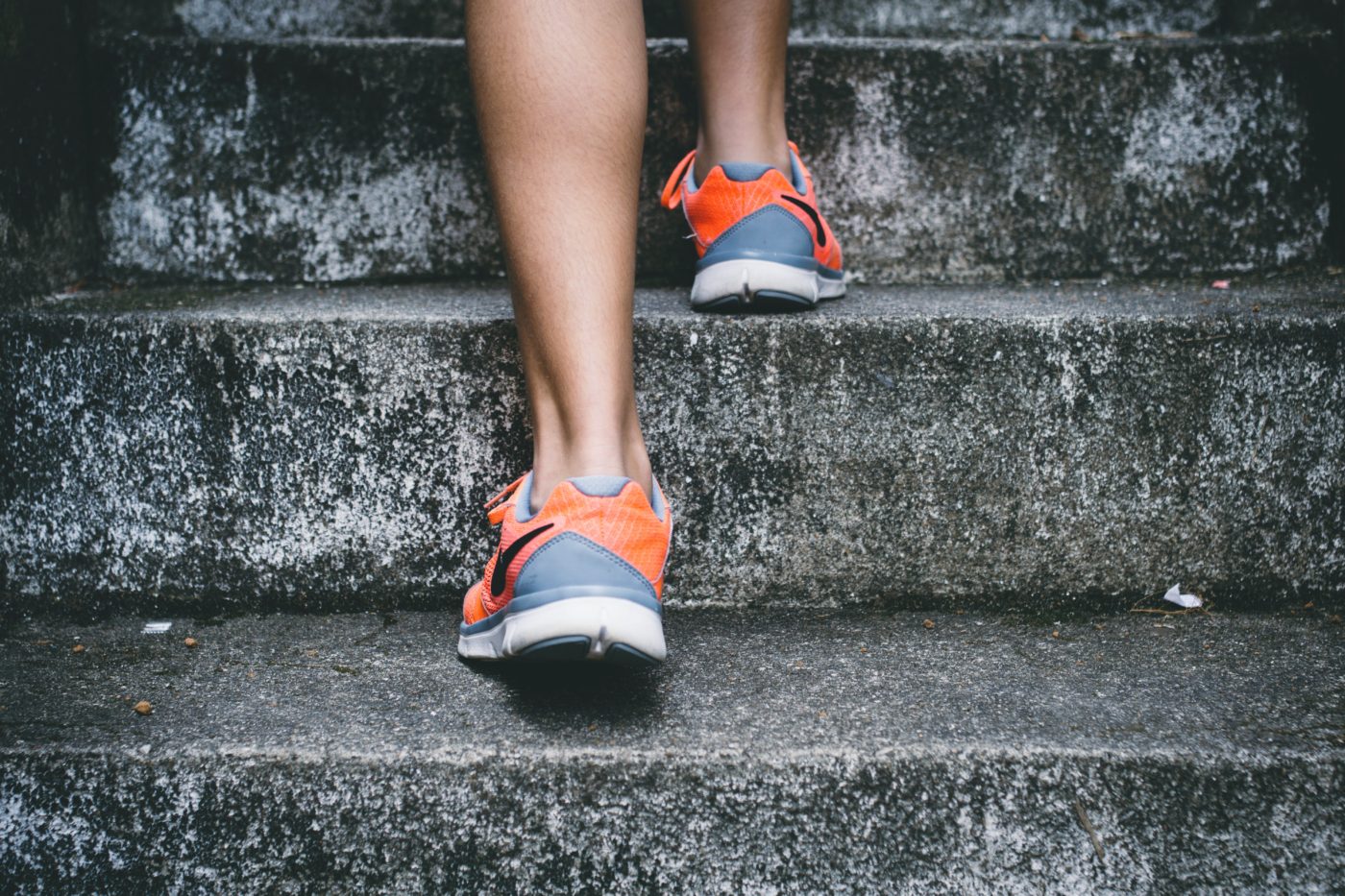
In recent years, the intersection between cannabis and fitness has garnered increasing attention, raising questions about its potential to enhance athletic performance. Traditionally viewed as a recreational substance, cannabis is now being reconsidered for its therapeutic properties and potential benefits in the realm of fitness. This article delves into the evolving landscape of cannabis use in the context of exercise, exploring its effects, controversies, and potential applications for enhancing physical performance. Buy weed London and explore the potential synergies between cannabis and fitness in your own journey toward health, wellness, and personal growth.
Understanding Cannabis: A Brief Overview
Cannabis, derived from the Cannabis sativa plant, contains hundreds of compounds, including cannabinoids such as tetrahydrocannabinol (THC) and cannabidiol (CBD). THC is primarily responsible for the psychoactive effects associated with cannabis consumption, while CBD is known for its therapeutic properties, including anti-inflammatory and analgesic effects. These compounds interact with the body’s endocannabinoid system, which plays a crucial role in regulating various physiological processes, including pain sensation, mood, appetite, and sleep.
The Role of Cannabis in Fitness
The idea of using cannabis in conjunction with fitness may seem counterintuitive to some, given the stereotype of cannabis users as sedentary individuals. However, emerging research suggests that cannabis may offer several potential benefits for fitness enthusiasts and athletes alike.
- Pain Management and Recovery
One of the most widely recognized benefits of cannabis in the context of fitness is its potential to alleviate pain and promote recovery. Both THC and CBD have been shown to possess analgesic properties, making them potentially effective in managing workout-related discomfort and soreness. For athletes engaged in intense training regimens or recovering from injuries, cannabis-based products may offer a natural alternative to conventional pain medications, with potentially fewer side effects.
- Stress Reduction and Relaxation
Exercise-induced stress is a common phenomenon experienced by athletes at all levels. While moderate stress can be beneficial for performance, excessive or chronic stress can impede recovery and increase the risk of injury. Cannabis, particularly strains high in CBD, has been lauded for its anxiolytic properties, helping individuals relax and unwind after intense workouts. By promoting a state of calmness and relaxation, cannabis may facilitate better sleep quality and overall recovery, ultimately contributing to improved performance.
- Focus and Mind-Body Connection
Contrary to the stereotype of cannabis impairing cognitive function, some users report enhanced focus and concentration during physical activities when using specific strains or products. Many also find that using CBD for focus helps them maintain mental clarity and stay present during their workouts. For certain individuals, cannabis may help foster a deeper mind-body connection, allowing them to tune into their movements, breathing, and sensations more acutely during exercise. This heightened awareness can lead to improved form, technique, and overall performance, particularly in activities that require precision and coordination, such as yoga, Pilates, or martial arts.
- Anti-inflammatory Effects
Chronic inflammation is a common underlying factor in many sports-related injuries and conditions, ranging from muscle strains and joint pain to tendinitis and arthritis. CBD, in particular, has garnered attention for its potent anti-inflammatory properties, which may help reduce inflammation and swelling associated with strenuous exercise. By modulating the body’s inflammatory response, cannabis-based products have the potential to accelerate recovery, minimize tissue damage, and support long-term joint health and mobility.
Controversies and Considerations
Despite the growing interest in cannabis as a potential fitness aid, several controversies and considerations surround its use, particularly among competitive athletes and individuals subject to drug testing. The legality and regulatory status of cannabis vary widely across jurisdictions, with some countries and sports organizations permitting its use for medicinal purposes, while others maintain strict prohibitions against any form of cannabis consumption.
Moreover, the psychotropic effects of THC raise concerns about impaired judgment, coordination, and reaction times, which may compromise athletic performance and safety, especially in high-risk or high-stakes environments. Athletes considering cannabis as part of their fitness regimen should exercise caution and be mindful of their individual tolerance, preferences, and legal obligations.
Furthermore, the lack of standardized dosing and quality control in the cannabis industry poses challenges for consumers seeking reliable and consistent products. Variability in potency, formulation, and delivery methods can affect the onset, duration, and intensity of cannabis effects, making it challenging to predict and manage dosage effectively.
Conclusion
In conclusion, the relationship between cannabis and fitness is complex and multifaceted, with both potential benefits and drawbacks to consider. While cannabis shows promise as a natural aid for pain management, stress reduction, and recovery, its use in the context of exercise requires careful deliberation and awareness of individual needs and circumstances.
As research into cannabis continues to evolve and regulatory frameworks adapt to changing attitudes and policies, it is essential for athletes, fitness enthusiasts, and healthcare professionals to stay informed and approach cannabis use judiciously and responsibly. By leveraging the therapeutic properties of cannabis in conjunction with evidence-based training principles and holistic wellness practices, individuals may unlock new avenues for optimizing performance, promoting recovery, and enhancing overall well-being in the pursuit of their fitness goals.
